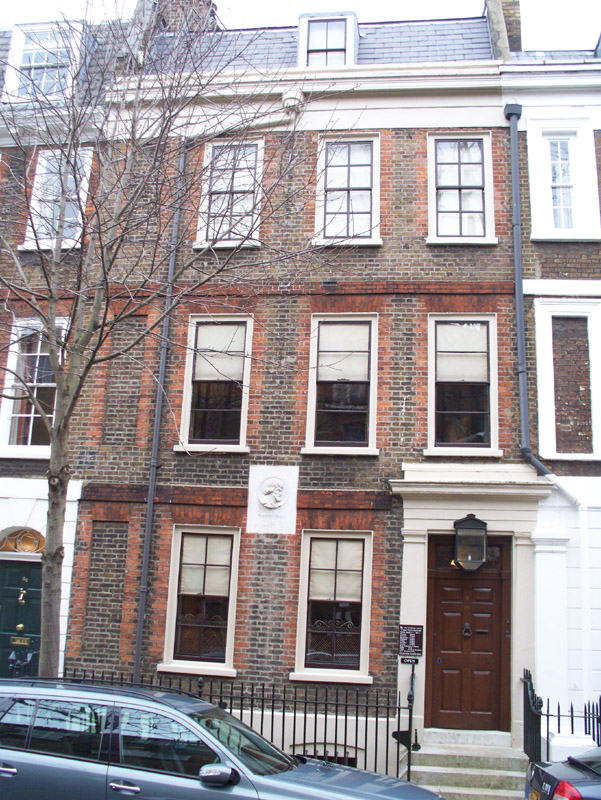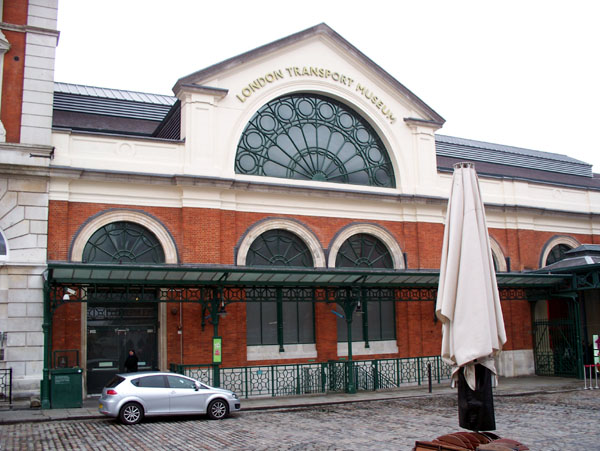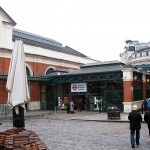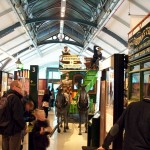
National Trust
The house in Chelsea was rented for over 40 years by the Scottish writer Thomas Carlyle and his wife Jane. They were visited there by many of the famous literary names of the Victorian era. Nowadays, Jane Carlyle’s lively letters are probably more widely read than Thomas Carlyle’s multi-volume histories.
Not long after Carlyle died, the freehold of the property was acquired for a museum to commemorate Carlyle. The National Trust took over the property in 1936 and over the years many of the Carlyles’ possessions have been returned to the house. The house is largely unaltered and is presented much as it would have looked when the Carlyles lived there. On the top floor is a study, windowless except for a skylight, where Carlyle did much of his writing. It was designed to be soundproof, but it seems this was not a success.
In each room there are several cards with information about the Carlyles and their famous friends and visitors.
In the basement is the kitchen, and there is access to the rear garden. Even if you don’t know much about Carlyle, it is interesting as a Victorian middle-class house.
Nearest tube stations are South Kensington and Sloane Square (1 mile) and there are buses to Carlyle Square on the King’s Road (1/4 mile)
On foot it is easiest to find Cheyne Walk at the river, then the Carlyle statue and Cheyne Row.




